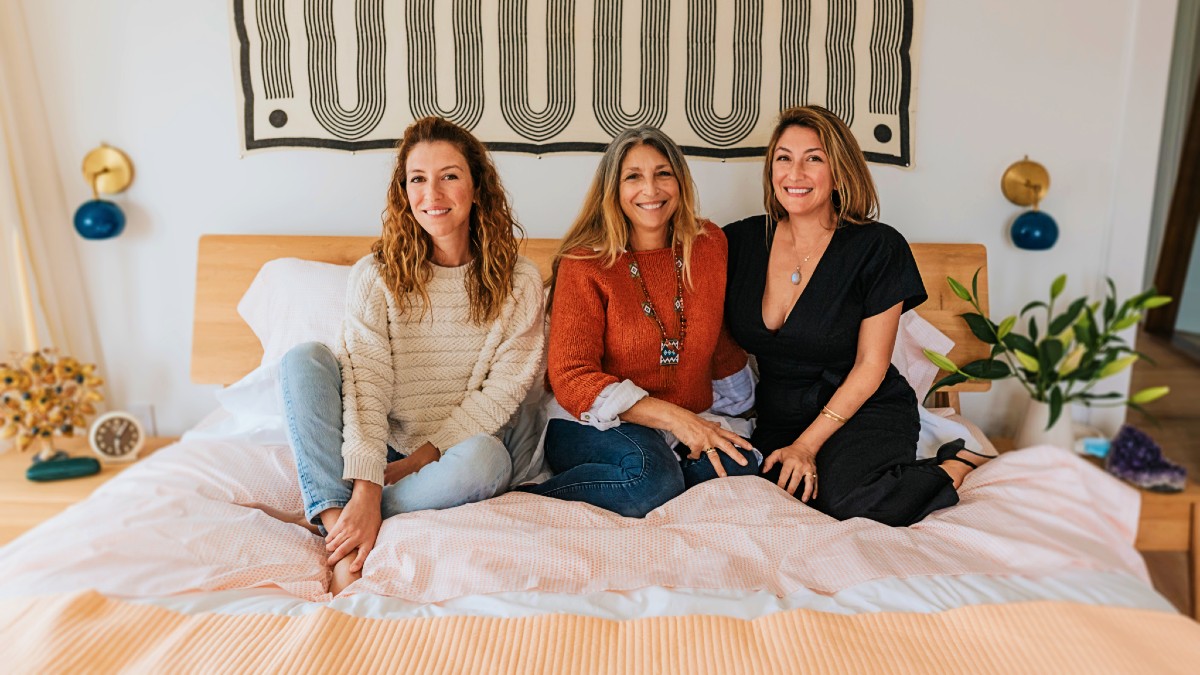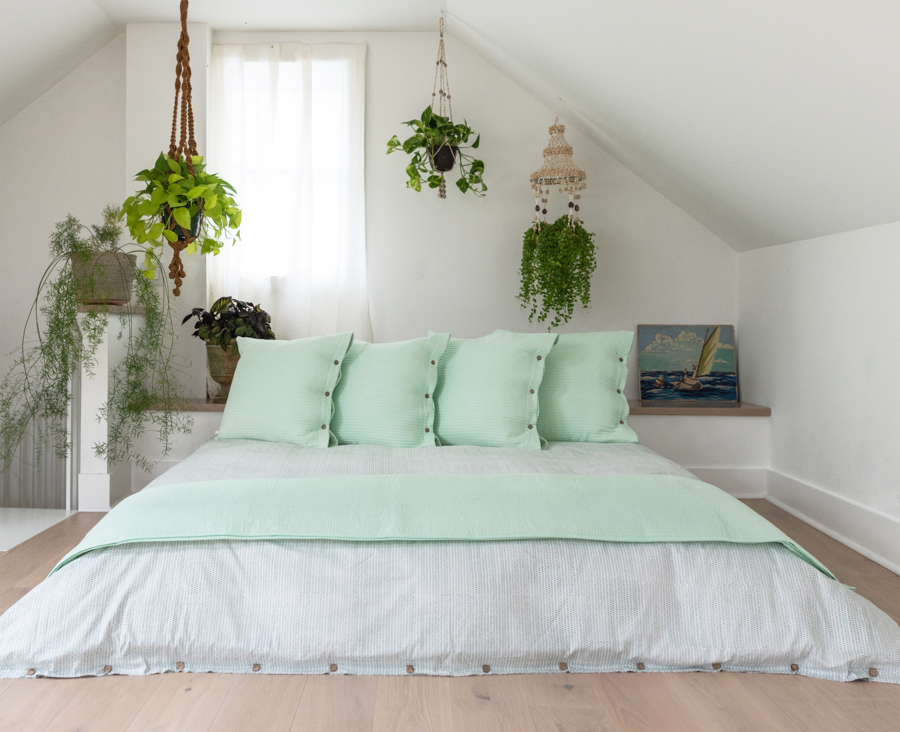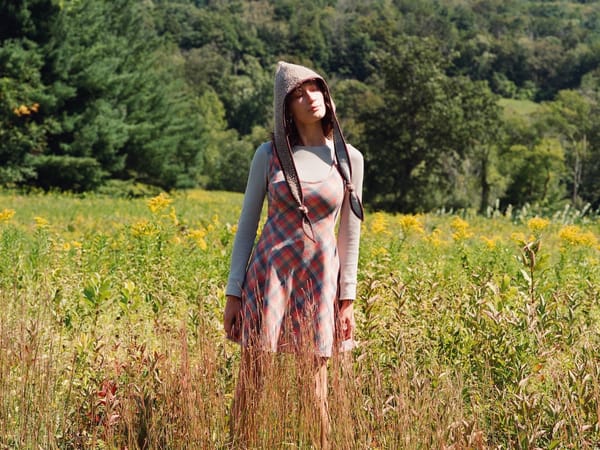Sister Moons: Dreamy Bedding Made In The Berkshire Mindset
A mom and her two daughters have created an eco-friendly bedding company incorporating the age-old Indian textile tradition.

A mom and her two daughters have created an eco-friendly bedding company incorporating the age-old Indian textile tradition.
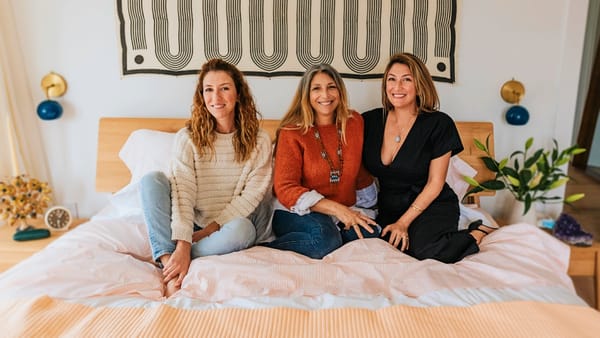
Dulcinea Sheffer, Stella DeLuca and Jade-Snow Carroll. All photos courtesy Sister Moons
“We’re a very tight family. We don’t stray too far from each other,” says Dulcinea Sheffer. Indeed, you might say that she, her sister Jade-Snow Carroll, and their mom, Stella DeLuca, get in bed with each other on a daily basis, idiomatically speaking, of course. But almost literally, too: The three are the creators and owners of the just-launched bedding company Sister Moons, based in the Berkshires.
Eco-friendly, high-end, artisanal bedding companies seem to be the home furnishing trend du jour, but what sets Sister Moons bedding apart from the rest is that it is born from the mores of the Berkshires. All of Sister Moons bedding is 100% certified organic cotton. The factory in India that weaves the cotton is fair trade. The dyes and threads are made from natural materials, and the block-printed designs are produced by a socially responsible family business. The conscious choices made by the three owners have resulted in a striking, ethically made line that in its first few months is already selling well.
“We’re so fortunate to be exposed to CSAs and sustainable farms,” says Carroll, who has a design background and moved back to the Berkshires after marriage and children. “We felt it was part of our duty to produce a product of very high quality, but one that cared for the farmer and artisan."
They've taken those values to heart in the manufacturing of their line in India. Everything is produced in Calcutta in a fair-trade factory. The cotton is organic from small farmers in India. "The artisans are paid a living wage, they’re of working age, and the conditions are safe and healthy,” Carroll says.
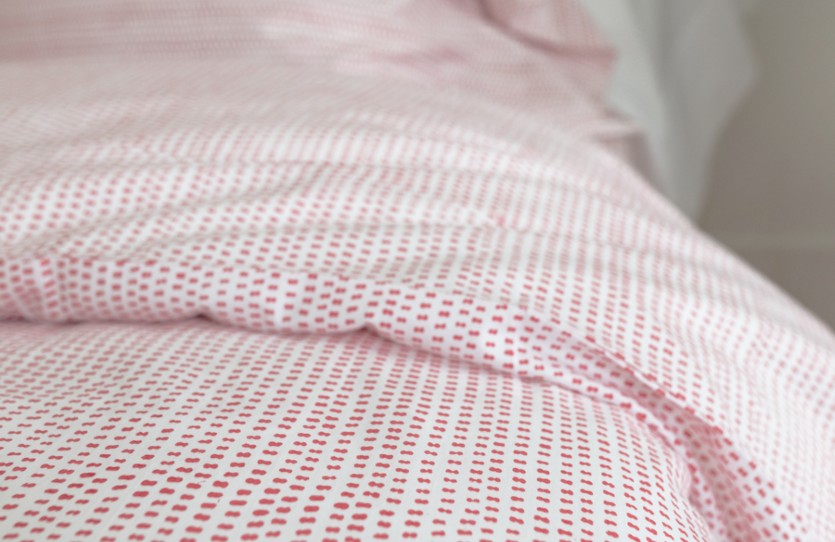
And, the owners add, there are no chemicals in any of the products.
“You’re in your bed, you don’t want chemicals in there with you. From start to finish, there’s nothing toxic about our bedding,” says Carroll.
The company’s initial product line includes block-printed sheet separates and crisp whites, quilts and shams, duvet covers and baby bedding. All of the prints and solids have been designed to mix and match in a soft palette of yellow, peach, green and blue. Don’t look for thread count blather here, though. Sister Moons will tell you about its long-staple cotton, the longer, silkier fibers that produce a super soft fabric that’s resistant to pilling and wrinkling, and gets softer and better as you wash it, the women say. The prints are more modern than a traditional Indian pattern, but still exhibit the artisan’s hand. The percale-weave whites are a “super crisp cool sheet, like a high-end hotel sheet,” the sisters say. “If you run hot, or are looking for a summer sheet, we recommend the percale.”
The company had been gestating for quite a while. Both Sheffer, who studied fashion design in Florence and worked in New York and California, and Carroll came back to the Berkshires to start their families. They began talking with their mother about starting a bedding company, and immediately knew their mission was to make it as sustainable as possible. That was just part of the way they grew up.
“We lived a holistic life,” says DeLuca. “I raised my children in Egremont, and they went to the Waldorf School. I’ve always had an artful eye. I went to India twice in 2008 and was inspired by the color and fabrics.”
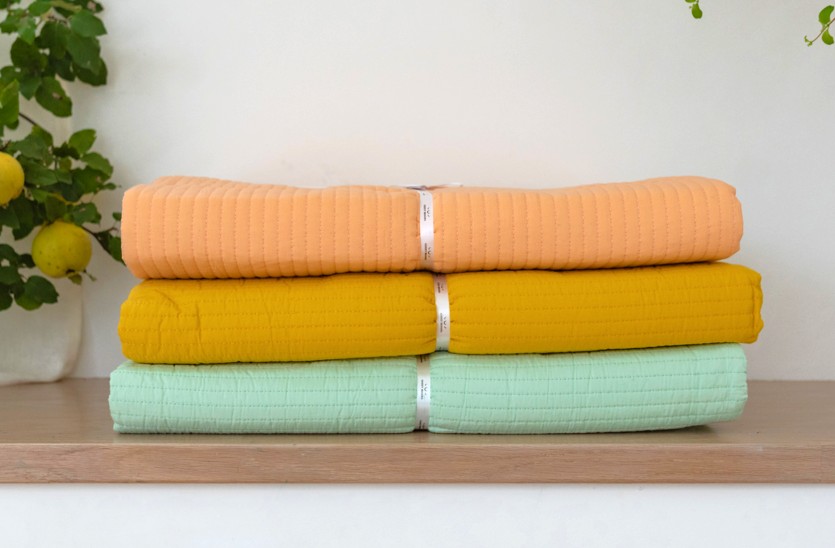
In 2011, she and Sheffer journeyed to India, a six-week trek following the Silk Road with just a backpack each and no reservations, in search of a manufacturer. They found one that met their standards, but nothing happened overnight. Progress slowed when the sisters had their babies, but as the kids got a little older, mother and sisters were able to put their focus back on their business, which they call mother-owned.
As they “chipped away” at forming Sister Moons, each woman started to fall into her own role. DeLuca and Sheffer did more of the design, while Carroll built the website and has taken on the marketing tasks.
For now, Sister Moons bedding is available online only. That locks in a more obtainable price. The bedding is not inexpensive, but it’s not as exorbitant as some of the other luxury bedding companies. If it were sold at retail, the women point out, the price would be doubled. They’re planning to launch their second round of patterns and a new color palette in late summer or early fall.
“It took us a long time to work through exactly what we wanted and could stand behind, and add to the environment rather than take from it,” Sheffer says. “We feel really good about our products.”
